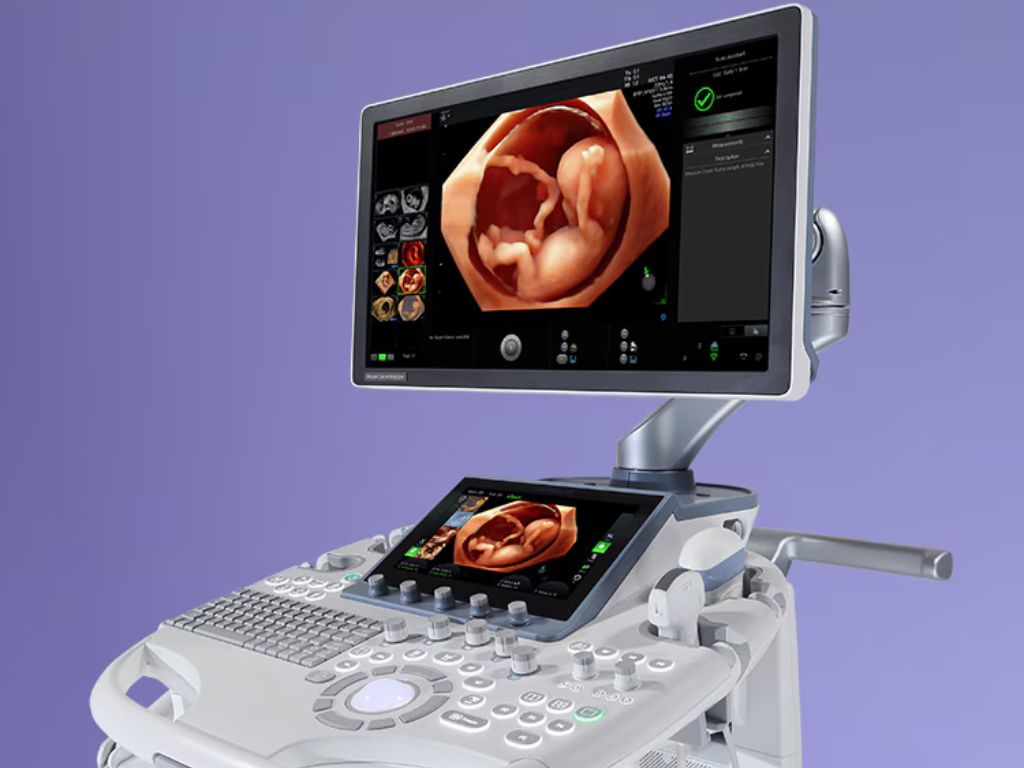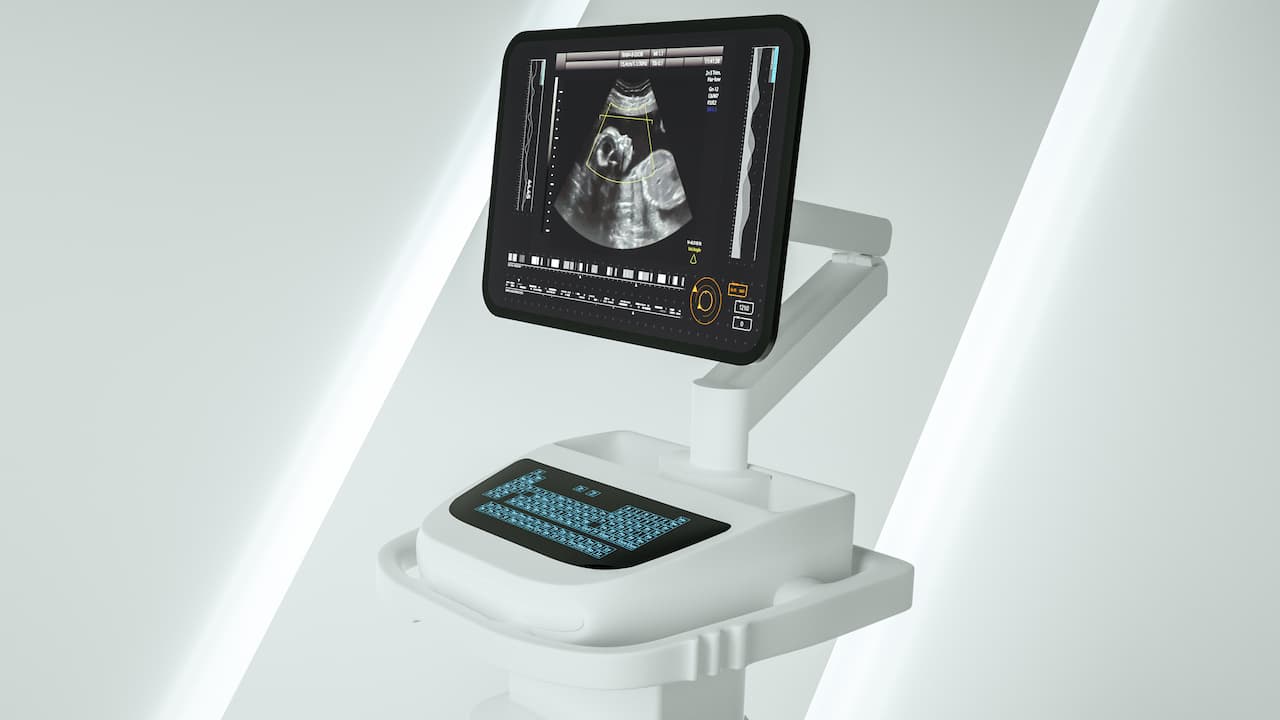Ultrasound systems are the backbone of modern diagnostic imaging, providing healthcare professionals with crucial information about internal organs, tissues, and vascular structures in a safe and non-invasive manner. These systems have advanced significantly over the years, offering improved image quality, portability, and specialized functions tailored to different medical applications. Knowing how ultrasound systems work and their key features enables both practitioners and patients to make informed choices about imaging options.
What Is an Ultrasound System?
An ultrasound system consists of several core components, including the transducer (or probe), the central processing unit (CPU), a display screen, and software that processes sound waves to create images. Together, these elements allow ultrasound systems to capture real-time visuals of internal body structures, facilitating accurate diagnosis and treatment.
The core process begins with the transducer, which sends high-frequency sound waves into the body. When these waves encounter different tissues, they bounce back to the transducer as echoes, which are then converted into digital signals. The CPU interprets these signals, displaying them as detailed images on the screen.
Key Components of Ultrasound Systems
- Transducer (Probe): The transducer is a handheld device that sends and receives sound waves. Different transducer types are available for various imaging purposes, each suited to a particular medical application.
- Central Processing Unit (CPU): This is the “brain” of the system, responsible for processing echoes received by the transducer, converting them into digital signals, and constructing them into clear images on the screen.
- Display Screen: The display screen showcases the images in real-time, providing healthcare professionals with live visuals of the body’s internal structures.
- Control Panel: The control panel allows operators to adjust settings, modify scanning modes, and customize image quality based on the examination requirements.
- Image Storage and Export: Modern ultrasound systems store images digitally, with options to export them for further analysis, documentation, or patient records.
Types of Ultrasound Systems
Different types of ultrasound systems are available to meet a range of diagnostic needs. Here are some of the primary categories:
- Portable Ultrasound SystemsPortable ultrasound systems are compact, lightweight devices designed for on-the-go imaging. They are ideal for emergency settings, mobile clinics, and outpatient facilities.
- Advantages: Highly versatile, easy to transport, and suitable for rapid bedside assessments.
- Applications: Point-of-care diagnostics, emergency medicine, and remote or rural healthcare.
- Cart-Based Ultrasound SystemsCart-based systems are larger, stationary units with high computing power, capable of providing superior image quality and functionality. They are common in hospitals, clinics, and imaging centers.
- Advantages: High-resolution imaging and advanced functionality with customizable options.
- Applications: Abdominal scans, cardiac imaging, obstetrics and gynecology, and vascular studies.
- Handheld Ultrasound SystemsHandheld ultrasound systems are ultra-portable devices that connect to tablets or smartphones. They are highly user-friendly and increasingly popular due to their convenience.
- Advantages: Ultimate portability, low cost, and easy integration with mobile devices.
- Applications: Quick diagnostic evaluations, outpatient settings, and basic procedural guidance.
- 3D and 4D Ultrasound Systems3D and 4D ultrasound systems produce three-dimensional images, with 4D systems capturing time-lapse images to show movement in real-time.
- Advantages: Enhanced imaging depth and live-action capabilities.
- Applications: Prenatal care, cardiac imaging, and complex soft tissue analysis.
- Dedicated Ultrasound SystemsThese systems are designed for specialized use cases, such as cardiovascular imaging, musculoskeletal imaging, and intravascular ultrasound (IVUS). They are often equipped with unique probes and software.
- Advantages: Tailored to specific imaging needs with specialized functionality.
- Applications: Cardiac exams, vascular assessments, and high-resolution imaging of joints and tissues.

Advanced Features in Modern Ultrasound Systems
With rapid advancements in technology, modern ultrasound systems now offer enhanced features that improve image quality, diagnostic accuracy, and user experience:
- High-Resolution Imaging: Advanced ultrasound systems are capable of generating images with impressive clarity, which allows for detailed assessments of soft tissues, organs, and blood vessels.
- Doppler Imaging: Doppler ultrasound capabilities help visualize blood flow, providing essential information on vascular health and detecting issues like blockages or abnormalities.
- Elastography: Elastography measures tissue stiffness, making it valuable for detecting liver disease, cancer, and other conditions where tissue stiffness is an indicator of pathology.
- AI-Driven Analytics: Artificial intelligence (AI) is now integrated into some systems, assisting in image interpretation, automating measurements, and enhancing diagnostic speed.
- Wireless and Cloud Connectivity: Many systems now feature wireless connectivity, enabling image transfer, cloud storage, and remote access, which streamlines data sharing and collaborative diagnostics.
Applications of Ultrasound Systems in Medical Imaging
Ultrasound systems are widely used in multiple medical disciplines, including:
- Obstetrics and Gynecology: Ultrasound is a primary tool in prenatal care, helping monitor fetal growth, detect abnormalities, and determine pregnancy health.
- Cardiology: Cardiac ultrasound, or echocardiography, examines the heart’s structure and function, detecting conditions like heart disease and monitoring cardiac health.
- Abdominal Imaging: Ultrasound is essential in evaluating organs within the abdomen, such as the liver, kidneys, and pancreas, aiding in the diagnosis of diseases and conditions.
- Musculoskeletal Imaging: Ultrasound helps visualize soft tissues, ligaments, and tendons, assisting in diagnosing injuries and conditions affecting muscles and joints.
- Vascular Imaging: Doppler ultrasound examines blood flow in vessels, essential for detecting clots, blockages, and vascular abnormalities.
Choosing the Right Ultrasound System for Your Needs
Selecting an appropriate ultrasound system depends on several factors, including:
- Type of Imaging Needed: Different types of exams require specific ultrasound systems; for instance, cardiac imaging needs a system with Doppler capabilities, while OB/GYN exams benefit from 3D/4D imaging.
- Portability Requirements: In settings that require mobility, such as emergency departments, portable or handheld ultrasound systems are optimal.
- Budget and Maintenance: Ultrasound systems vary widely in cost, depending on their features. Consideration of maintenance costs and warranty options is also essential.
- User Experience and Training: Some ultrasound systems offer user-friendly interfaces and customizable settings, making them easier to operate for practitioners with varying levels of expertise.

Best Practices for Using and Maintaining Ultrasound Systems
To ensure the longevity and reliability of ultrasound systems, proper use and maintenance are essential:
- Routine Cleaning and Disinfection: Regular cleaning, especially of the transducers, prevents cross-contamination and keeps the equipment in optimal working condition.
- Scheduled Servicing: Periodic maintenance by certified professionals ensures the ultrasound system operates at its best and identifies any issues before they impact functionality.
- Operator Training: Proper training on system operation and settings is crucial for accurate imaging, efficient workflows, and enhanced patient outcomes.
The Future of Ultrasound Systems: Innovations and Advancements
Ultrasound technology is constantly evolving. Future developments aim to enhance image quality, simplify procedures, and expand ultrasound accessibility. Upcoming advancements include AI-enhanced image analysis, more portable and user-friendly devices, and expanded applications for remote and telehealth settings. These innovations will continue to make ultrasound systems invaluable tools for diagnostics, offering unparalleled insights into patient health across various medical disciplines.
Conclusion: The Vital Role of Ultrasound Systems in Modern Healthcare
Ultrasound systems are essential diagnostic tools that provide safe, efficient, and versatile imaging for numerous medical conditions. From basic diagnostic exams to complex, specialized procedures, ultrasound technology enables healthcare professionals to make accurate assessments, improving patient care and outcomes. Understanding the types, features, and applications of ultrasound systems allows medical professionals to select the right tools for their practice, ensuring optimal results in patient diagnostics and care.
Related: Ultrasound Probes and Transducers Essential Tools for Precise Imaging

